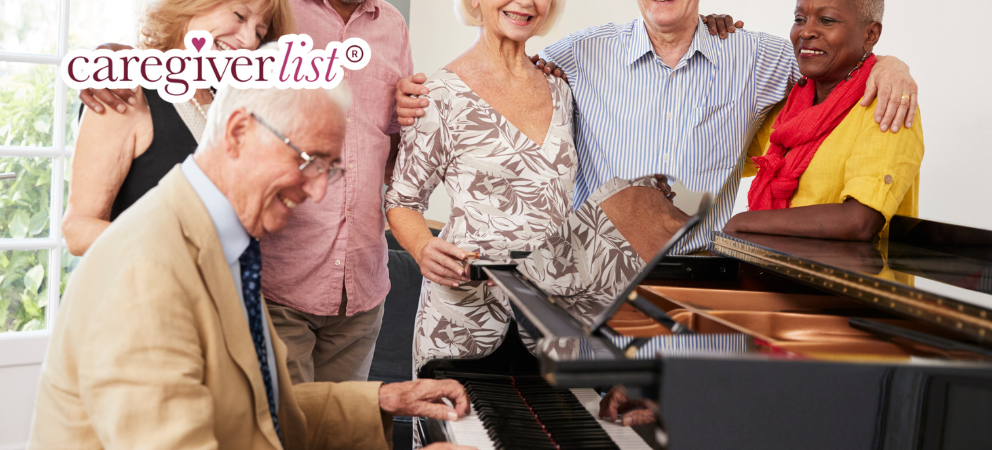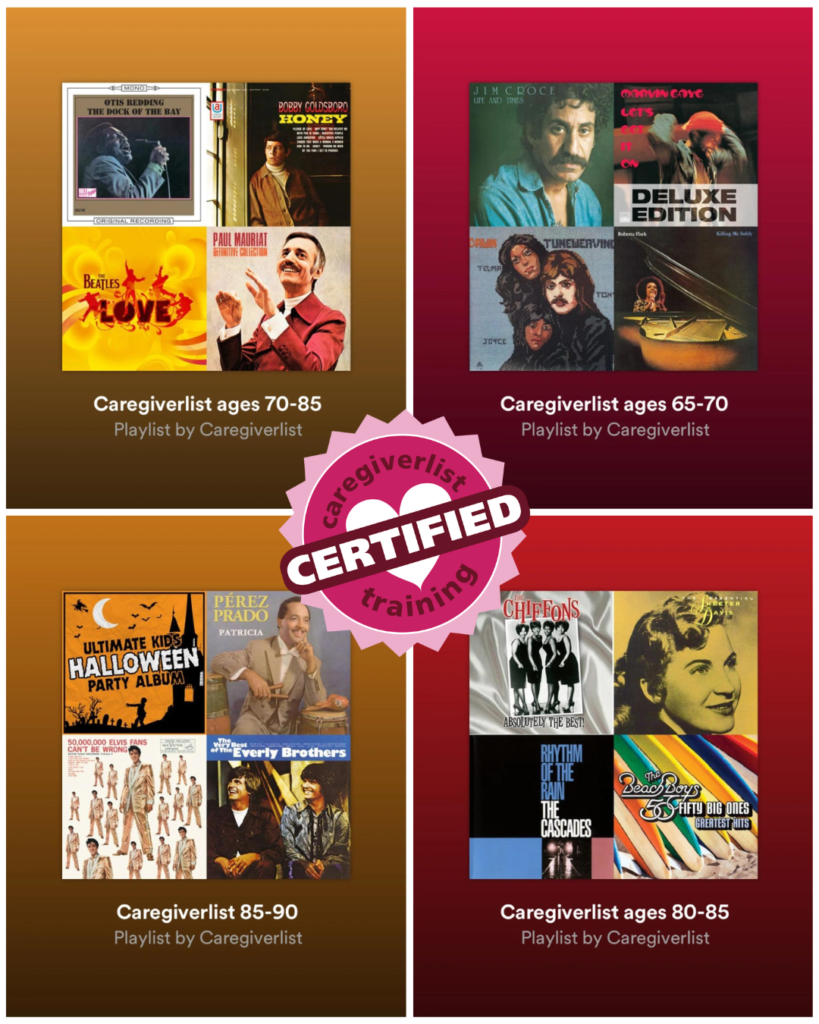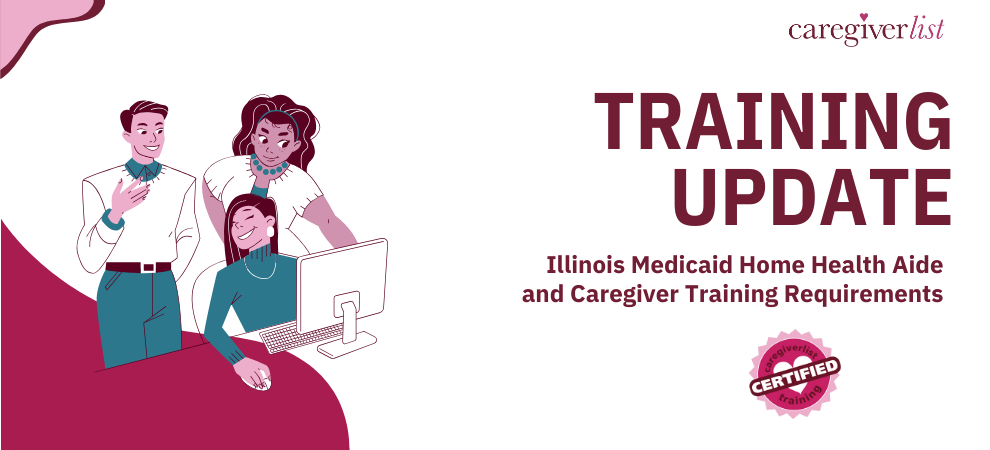Music has a special way of touching our hearts and minds. It can bring back memories, calm our emotions, and offer comfort during difficult times. Whether through a recorded song, a live bedside performance, or a memory-triggering playlist, music speaks when words fail. It bridges the gap between the past and present, between illness and well-being, between isolation and connection.
Discover how music helps individuals with Alzheimer’s reconnect with their past, how stroke survivors find their voices through song, and how live performances bring peace to those in hospitals and hospice care. From a former ballerina dancing to Swan Lake to the magic of Tony Bennett’s final performances, see the incredible ways music heals and transforms lives.
Music and Memory: The Bridge to the Past
As Alzheimer’s disease progresses, many aspects of memory fade, but musical memories remain remarkably intact. Studies have shown that familiar songs especially those from a person’s teenage years can spark brain memory, muscle memory, and even conversation. This phenomenon was beautifully illustrated in the documentary Alive Inside, where individuals in advanced stages of dementia came alive as they listened to their favorite music. The transformation was immediate: eyes brightened, bodies swayed, and emotions surfaced. A simple melody had the power to reconnect them with themselves and their loved ones.
A former ballerina with Alzheimer’s who once danced beautifully on stage, remembered her past when she heard Swan Lake. As the music played, her hands moved gracefully, showing how music can bring back memories and awaken the body’s natural rhythm.
Music as Therapy: A Tool for Communication
For those with aphasia, a condition that affects speech and language abilities, music provides an alternative path to communication. Singing can activate different neural pathways than speech, allowing some individuals with aphasia to sing words they cannot otherwise say. A stroke survivor, for instance, may struggle to form sentences but can sing entire lyrics fluently. This is why music therapy is often incorporated into rehabilitation programs, helping individuals regain lost speech and confidence.
Live Music at the Bedside: Comfort for the Sick and Dying
Beyond memory care, live music has emerged as a powerful form of comfort for those in hospitals and hospices. A recent article, For the Sick and Dying, Live Music to Ease the Pain, highlights how musicians bring solace to patients at the most vulnerable stages of life. A violinist playing for her father, a singer taking bedside requests, these moments provide not just distraction, but deep emotional and even physical relief. Music has been shown to lower stress, regulate heart rates, and even reduce the perception of pain, making it a valuable component of palliative care.
Tony Bennett’s journey with Alzheimer’s offers another moving example of music’s enduring impact. Despite his diagnosis, he continued to perform and experience moments of clarity through song. His duet performances with Lady Gaga demonstrated how music could momentarily lift the fog of dementia, bringing forth joy and a sense of identity.
Caregiverlist®️ provides resources, training, and customized playlists to help caregivers integrate music into their care routines. Explore our Caregiverlist Spotify Profile to find music selections created for different generations and learn how you can use music to enhance caregiving.








